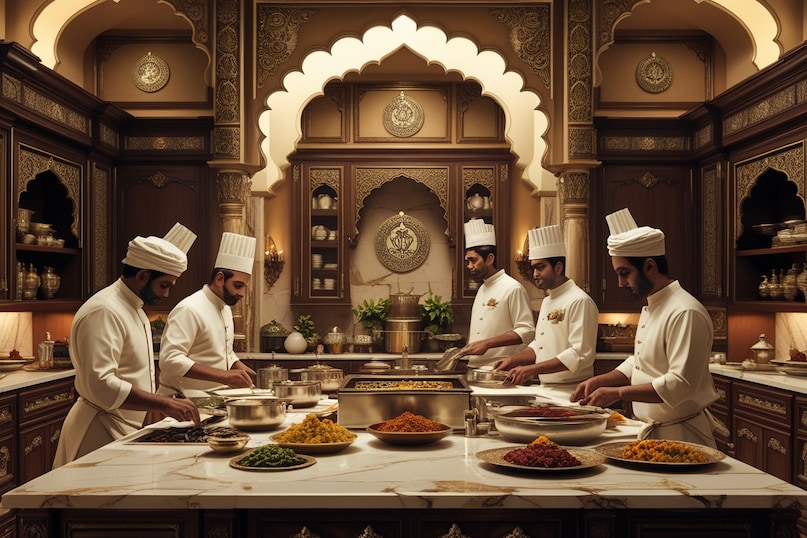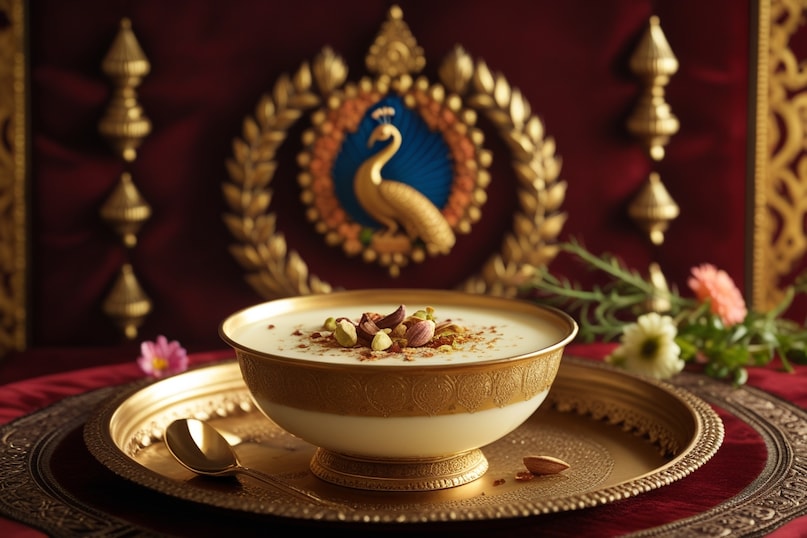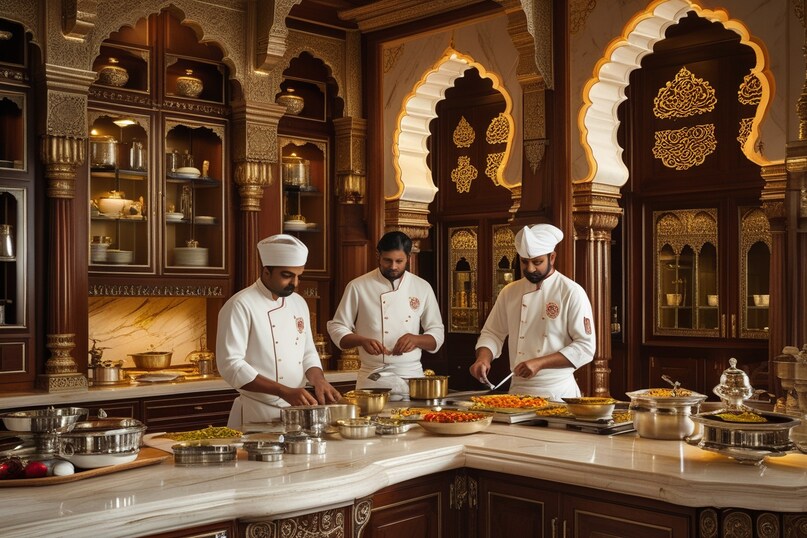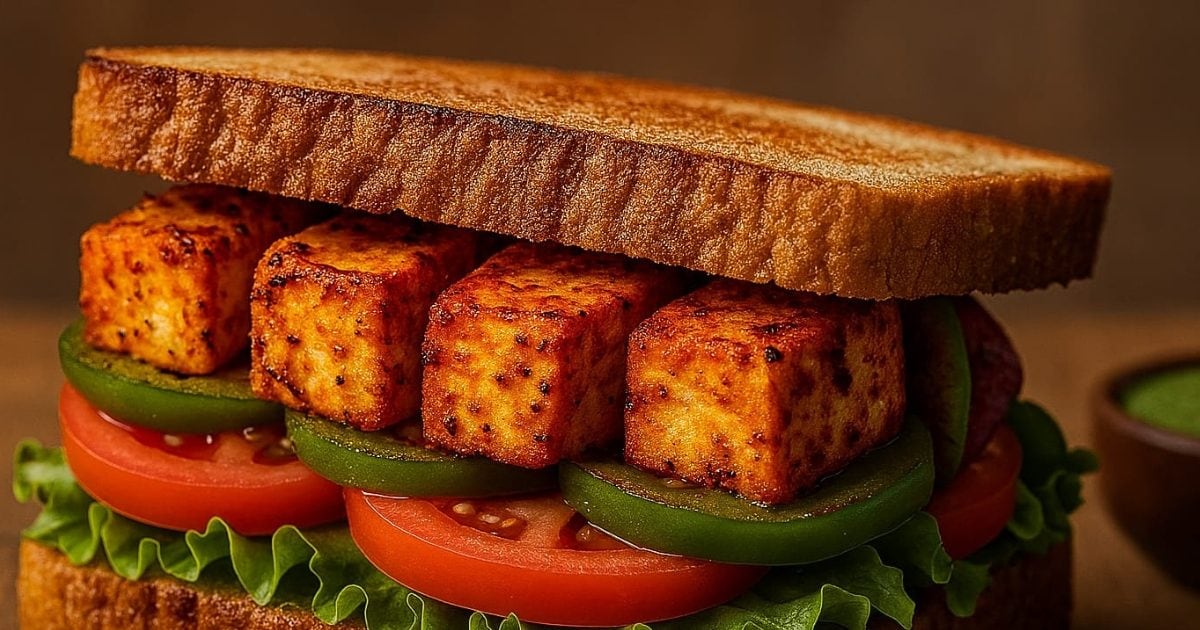These stories of food and dishes are no less delicious than eating any delicious. After reading, their taste starts. The royal kitchen of Hyderabad Nizam gave many types of dishes to the country. It is said that most of the dishes in the Nizam’s royal kitchen were cooked very comfortably for hours.
Royal kitchen daily expenses
In the year 1920 to 40, this royal kitchen used to cost daily to 2,000 – ₹ 3,000. This means about ₹ 8–10 lakhs in today’s time. This amount was spent only on the food of the royal guests and the Nizam’s detailed family (300+ members).

The daily cost of the royal kitchen of Hyderabad Nizam was millions of rupees daily. (image generated by leonardo ai)
How many desires used to work
About 150–200 cooks used to work in this royal kitchen. Every cook used to expect a particular dish – such as Dum Biryani, Rogan Korma, or yeast roti. More than 50 types of dishes were ready every day.

When Nizam Usman Ali established Osmania University in Hyderabad, he told the cooks that Ilmi Kheer should be made for the students. (image generated by leonardo ai)
Although there is no scientific evidence that eating a dish like “Ilmi Kheer” makes the mind directly faster, but such materials were definitely added to it, which are considered beneficial for the brain.
-Almonds contain vitamin E and omega-6, which helps in memory and focus
-Walnuts contain omega-3 fatty acids which are useful in neuron health
– Dates contain glucose and fiber, which improves brain function with energy
– Figs contain iron, magnesium, which improves blood circulation.
– Healthy fat of pure desi ghee better nourishes the brain fibers
– Saffron and cardamom improve mood, there are anti -oxidants that reduce mental fatigue
– Honey does natural sweet and gives immediate energy with being an energy source.
What was made every day in the Nizam food
Now let us tell you what happens in the Nizam’s food everyday, what happens in it.
– 10–15 varieties of biryani
– 8–10 types of pudding or sweet
– 20+ types of kebabs, korma, salons
– Pure vegetarian menu was also different
In its content, saffron used to come from Iran and silver and gold work from Jaipur. Ghee from Ajmer, spices from Kerala and Arabia. The meat was brought directly from the Nizam hunting.

At least 50 dishes were made daily in the Nizam kitchen. Seeing them on the table together, the invited guests used to be baffled. There was music before the banquet. (Image generated by leonardo ai)
Why “Dum” dishes priority
Dum means cooking on low flame, so that taste, fragrance and moisture remain intact. The Nizam used to call it “food of patience and ilam”. It was considered an art and meditation process. The argument was that the high heat can soon eradicate hunger, but the heat tastes to the soul.
Biryan Ki Night
Once Nizam Usman Ali Khan invited the Persian ambassadors on ‘Biryani Bhoj’. Buchis were ordered, “The taste of every biryani should be different.” In 36 hours, all kinds of biris were made- meat, fish, egg, yolk, flowers, nuts, potatoes, curd, black gram… and whose biriyan are. The last biryani rose was “perfume biryani” with rose water, saffron and silver work – without meat, just for aroma.
Angry meat
One day the Nizam was very angry. Then the relatives felt, “The food also shows the spirit of the king.” He made, cooked in spicy green chillies.
The Nizam asked: “Why is there a fire in mutton today?” The answer was: “Huzur, this is the taste of your anger.” The Nizam smiled. Later this dish became famous – in the name of chili meat.
Begum’s yolk
Once the Nizam’s Begum left the food angry. Then the Nizam said to the relative, “Give such sweetness that the Ruthi Rani also melted. On that day Gulab Zarda was made, which had Gulkand, Saffron, Mewa and Perfume. Begum took a mouthful and smiled.
Source
The last nizam by john zubrzycki
Hyderabadi Cuisine: A Princely Legacy by Pratibha Karan
Times of India (Heritage Columns on Chowmahalla Palace Kitchen)
Raja, rasoi aur anya kahaniyaan – EPIC CHANNEL (Hyderabad Episode)
Salar Jung Museum Culinary Archive Collection



